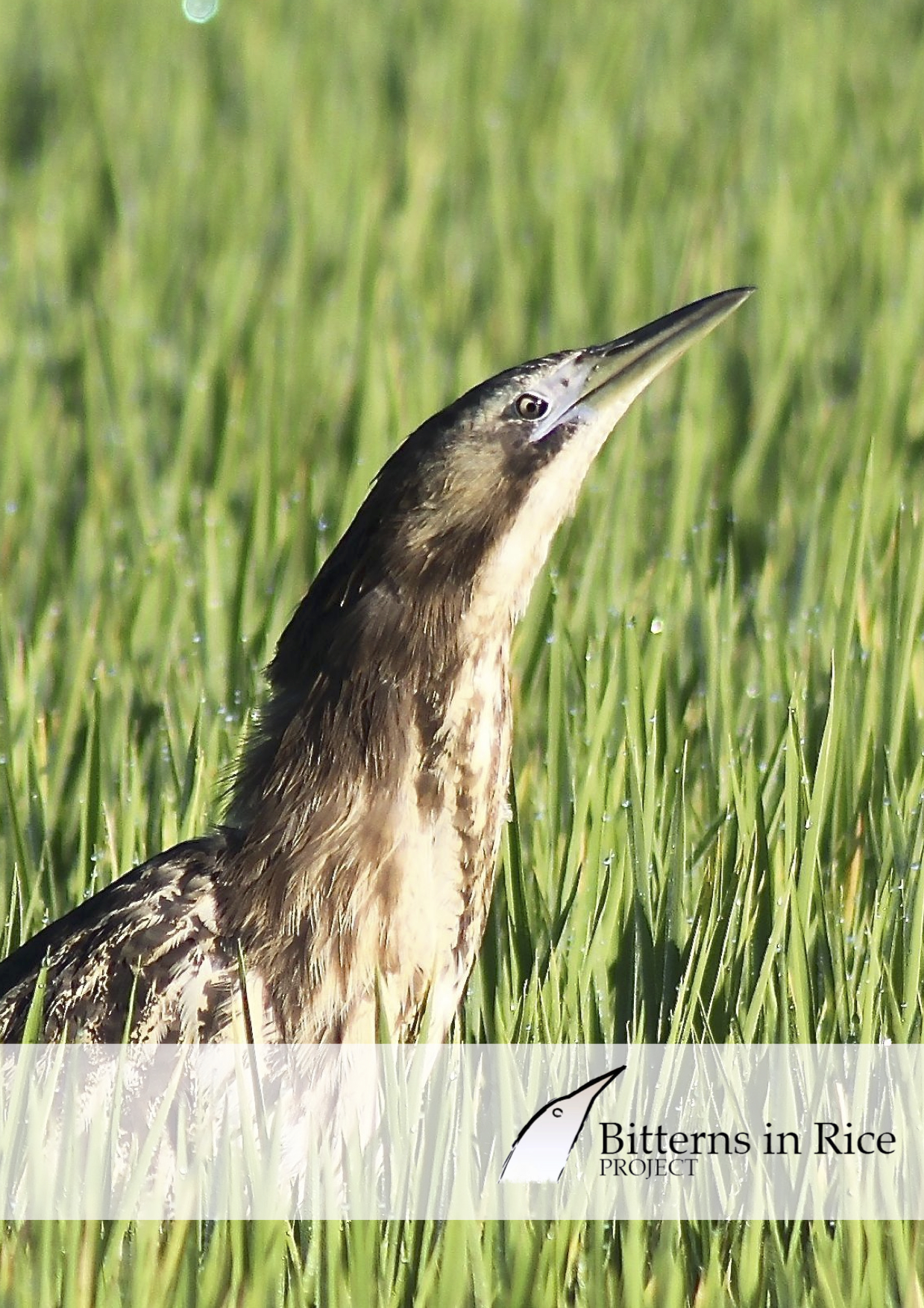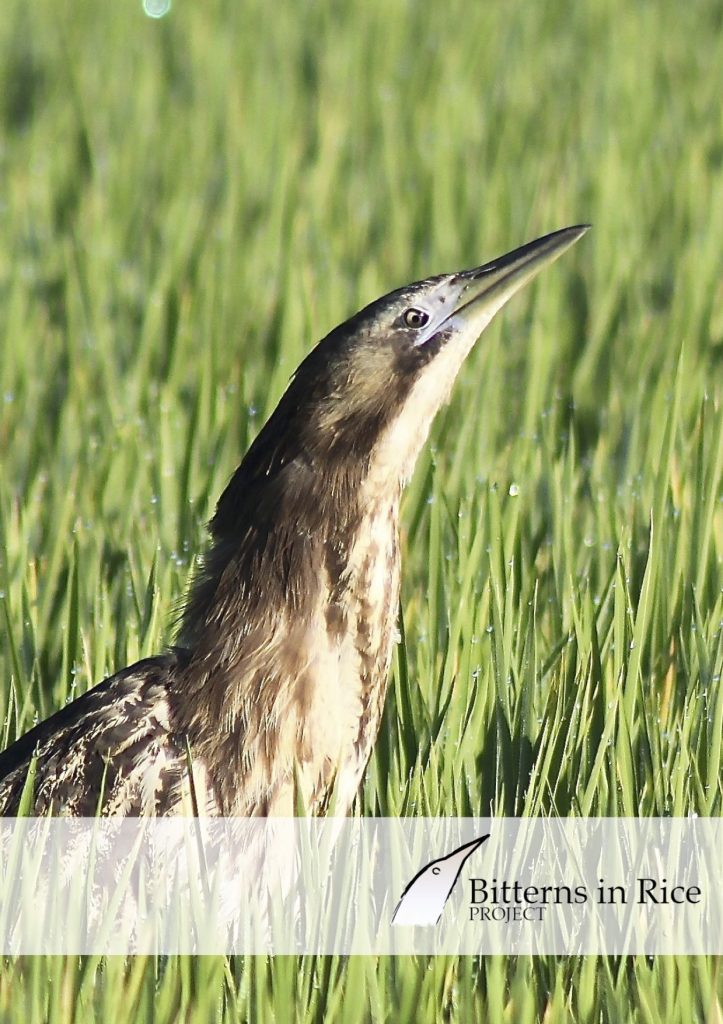We’re pleased to be launching a booklet, funded by Riverina Local Land Services, all about the Bitterns in Rice Project, on Monday, 27th July, 6.30-8.30 pm at the Leeton Soldiers Club. Please help spread the word. All welcome. Supper provided.
We’re also running presentations in Finley, Barham and Deniliquin:
Finley Returned Soldiers Club, Tues. 28th July: 5.30-7.30 pm
Barham Golf Club, Weds. 29th July: 4.30-6.30 pm
Deniliquin RSL Club, Thurs. 30th July: 5.30-7.30 pm
All welcome. Supper provided. Hope to see you there …
Hear about the story from the beginning; a rice farmer wondering what these strange birds are to the exploits of Robbie the Bittern and his navigation from his birthplace in a Coleambally rice crop to a wetland on the South Australian coast. Presented by Matt Herring from the Bitterns in Rice Project.
In other news, we’re planning some really exciting trials for the upcoming season. We’re keen to look at sowing methods and water management in context of bittern prey. One key aspect is to test the idea that the preference bitterns show for aerially-sown crops is related to the earlier inundation and the critters bitterns like to eat. Given trends towards direct-drill/combine/sod-sown rice, with their delayed permanent water and dry phases, we’re keen on exploring ways to make these crops more attractive, such as supplemental watering. As always, while the focus is on bitterns, we’ll be looking at other waterbirds too.
We’re also delighted to be taking the Bitterns in Rice Project to New York. Our paper, “Co-management of water for rice production and wetland biodiversity in Australia”, has just been accepted and we’ll be presenting at the 2nd International Conference on Global Food Security later this year: http://www.globalfoodsecurityconference.com
Afterwards, we’ll be looking at some of the innovative work being done on the other side of the country in Californian rice fields, such as habitat ponds, wider banks, islands, staggered drainage and other measures, all aimed at enhancing waterbird habitat values while maintaining or even improving rice production.

